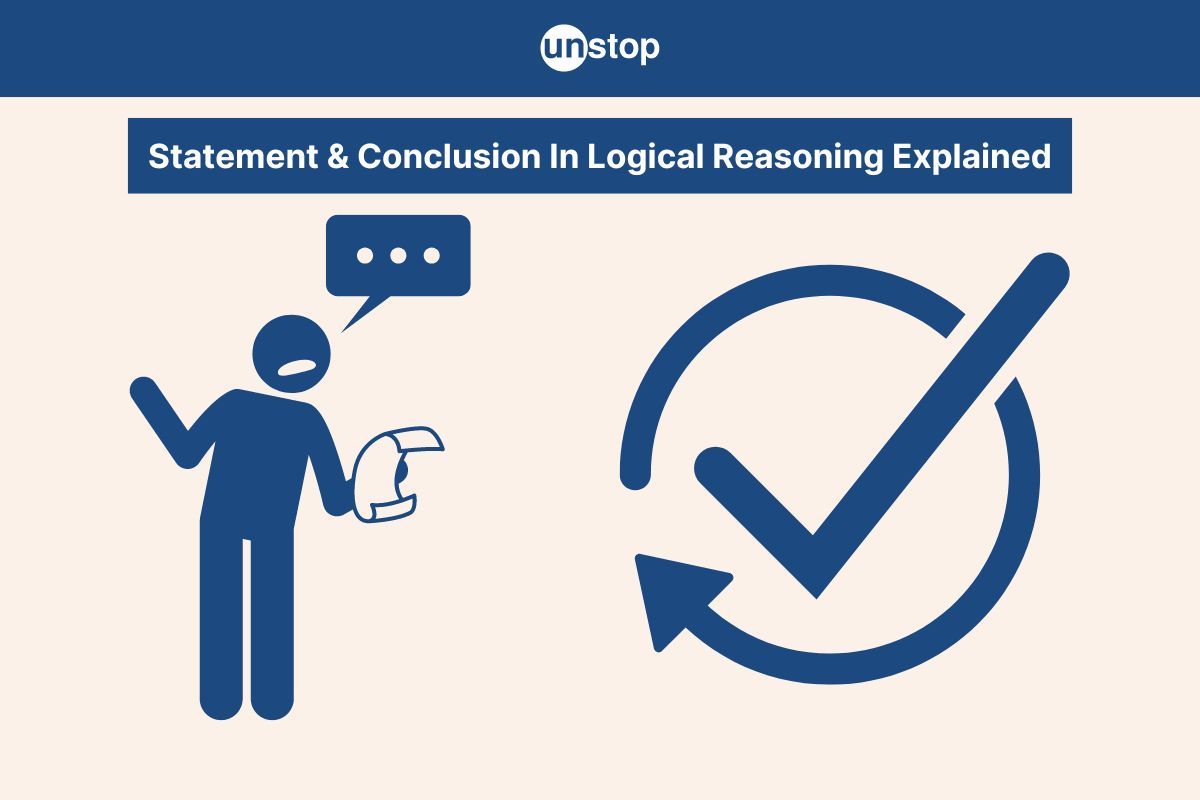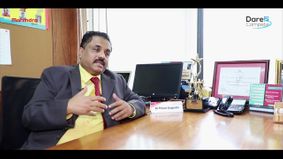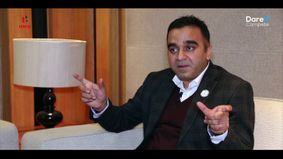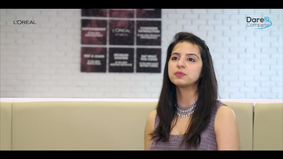- Logic Of Statement & Conclusion
- Strategies & Tips For Solving Logical Questions
- Types Of Conclusion Questions
- Selected Practice Questions And Answers
- Conclusion
- Frequently Asked Questions (FAQs)
Statement And Conclusion- Question & Answer In Logical Reasoning

Crafting a strong statement and conclusion is crucial for students preparing for competitive exams and job placements in the field of logical reasoning. These elements act as the pillars of your response, capturing the main ideas and leaving a lasting impression on examiners and potential employers.
Logic Of Statement & Conclusion
When dealing with statement and conclusion questions, it's crucial to identify the key elements in each. A statement presents a fact or idea, while a conclusion is a judgment or decision drawn from those statements.
To analyze the relationship between statements and conclusions, focus on the logical flow. The middle term acts as a bridge connecting the two, ensuring that the conclusion logically follows from the given statements.
Distinguish between valid and invalid conclusions by paying attention to the concept of logic. A valid conclusion must follow logically from the given statements, while an invalid one does not have sufficient support based on the information provided.

Strategies & Tips For Solving Logical Questions
Let us study some of the tips and strategies for solving logical questions related to statements and conclusions:

Systematic Approach
Developing a systematic approach is crucial when tackling statement and conclusion questions. Begin by carefully reading the given information, identifying key details, and organizing them logically. This method ensures a structured and efficient process in arriving at the correct answer.
Utilize Elimination Techniques
Utilizing elimination techniques can significantly aid in narrowing down possible conclusions. By systematically eliminating incorrect options, you increase the probability of selecting the right answer. This strategy not only saves time but also enhances accuracy in decision-making.
Enhance Time Management
To enhance time management skills, it is essential to strategize logical reasoning solutions effectively. Allocate specific time frames for each question, prioritize based on difficulty level, and practice under timed conditions.
Practice Regularly
Regular practice helps in improving accuracy and speed when solving logic questions. Consistent practice enhances understanding.
Utilize Directions
Follow the directions provided carefully. Understanding the given information is crucial for accurate answers.
Types Of Conclusion Questions
Let us now study the types of conclusion questions:
Implicit Conclusions
Implicit conclusions are not directly stated in the text but can be inferred through context clues. These conclusions require readers to analyze and draw logical inferences based on the information provided.
Explicit Conclusions
Explicit conclusions, on the other hand, are clearly stated within the text. These conclusions are directly expressed by the author, making them easier to identify compared to implicit conclusions.
Identifying Conclusions
To effectively identify conclusions in statement-based questions, it is crucial to analyze the main argument, look for supporting evidence, and determine whether the conclusion is explicitly stated or requires inference.
Selected Practice Questions And Answers
Practice answering various statement and conclusion questions to enhance your logical reasoning skills. Engage with scenarios commonly found in competitive exams to sharpen your analytical abilities:
Question 1
Statement: During a single day of cricket, a team scored a total of 200 runs, with spinners contributing 160 of those runs.
Conclusion I: The team consists of 80% spinners.
Conclusion II: The spinners were the opening batsmen.
a) Only conclusion I follows
b) Only conclusion II follows
c) Either I or II follows
d) Neither I nor II follows
e) Both I and II follow
Answer: d) Neither I nor II follows
Explanation: Conclusion I and Conclusion II cannot be logically inferred from the information provided in the statement. Both conclusions make unsupported assumptions about the composition and roles of the players in the cricket team.
Question 2
Statement: The old order changed yielding place to new.
Conclusion I: Change is the law of nature.
Conclusion II: Old ideas to be discarded owning to being gold.
a) Only conclusion I follows
b) Only conclusion II follows
c) Either I or II follows
d) Neither I nor II follows
e) Both I and II follow
Answer: a) Only conclusion I follow
Explanation: Conclusion I is a valid inference based on the implicit message of the statement regarding the nature of change. However, Conclusion II is not a valid inference as it makes an unsupported assumption about the treatment of old ideas based solely on their age.
Question 3
Statement: The government has spoiled many top-ranking financial institutions by appointing bureaucrats as directors.
Conclusion I: The government should appoint Directors of the financial institutes considering the person's expertise in the area of finance.
Conclusion II: The Director of the financial institute should have expertise commensurate with the institute's financial work.
a) Only conclusion I follows
b) Only conclusion II follows
c) Either I or II follows
d) Neither I nor II follows
e) Both I and II follow
Answer: e) Both I and II follow
Explanation: Conclusion I is a valid inference based on the criticism of appointing bureaucrats in financial institutions. Conclusion II represents a valid principle for effective governance but may not be directly derived from the statement's criticism.
Question 4
Statement: The future for numerous developing nations will involve a rise in population alongside dwindling resources.
Conclusion I: Developing nations are not expected to experience a continued rise in their population in the coming years.
Conclusion II: Governments in developing nations may face challenges in enhancing the living standards of their citizens.
a) Only conclusion I follows
b) Only conclusion II follows
c) Either I or II follows
d) Neither I nor II follows
e) Both I and II follow
Answer: b) Only conclusion II follows
Explanation: Conclusion I contradicts the scenario presented in the statement and is not valid. Conclusion II is a reasonable inference based on the challenges highlighted in the statement but may not capture the full complexity of the situation.
Question 5
Statement: Urban Indian children of school-going age are increasingly watching television, even in homes without a TV. Consequently, there has been a worrying decrease in the number of people reading newspapers.
Conclusion I: A method of increasing the readership of newspapers should be devised.
Conclusion II: A team of experts should be dispatched to other countries to study the impact of TV on the readership of newspapers.
a) Only conclusion I follows
b) Only conclusion II follows
c) Either I or II follows
d) Neither I nor II follows
e) Both I and II follow
Answer: d) Neither I nor II follows
Explanation: Conclusion I is a valid inference that addresses the decline in newspaper readership described in the statement. Conclusion II, while potentially informative, may not be directly relevant to the specific situation described and may not be a necessary course of action.
Question 6
Statement: Traveling between Bombay and Jafra will soon become much faster and cheaper, with a new sea route cutting the distance from 900 km by road to just 280 km. This change is expected to save a significant amount of INR 7.92 crores annually on fuel costs.
Conclusion I: Transportation by sea is cheaper than that by road
Conclusion II: Fuel must be saved to the greatest extent
a) Only conclusion I follows
b) Only conclusion II follows
c) Either I or II follows
d) Neither I nor II follows
e) Both I and II follow
Answer: b) Only conclusion II follows
Explanation: Conclusion I is a valid inference based on the cost-saving information provided in the statement. Conclusion II, while reflecting an important principle, may oversimplify the complexities involved in decision-making regarding fuel usage and transportation.
Question 7
Statement: It was emphasized that the current way of testing students should be ended, and different approaches should be used to assess their abilities accurately.
Conclusion I: Examinations should be abolished.
Conclusion II: The present examination system does not measure the real merit of the students.
a) Only conclusion I follows
b) Only conclusion II follows
c) Either I or II follows
d) Neither I nor II follows
e) Both I and II follow
Answer: b) Only conclusion II follows
Explanation: Conclusion I overgeneralizes the statement's intent by advocating for the complete abolition of examinations, while Conclusion II accurately reflects the statement's criticism of the present examination system's inadequacy in measuring real merit.
Question 8
Statement: Without economic equality, the significance of political freedom and democracy in our nation is rendered void.
Conclusion I: Political freedom and democracy go hand in hand.
Conclusion II: Economic equality leads to real political freedom and democracy.
a) Only conclusion I follows
b) Only conclusion II follows
c) Either I or II follows
d) Neither I nor II follows
e) Both I and II follow
Answer: b) Only conclusion II follows
Explanation: Conclusion I extend the statement's message by suggesting an interconnectedness between political freedom and democracy, which is not explicitly stated. Conclusion II accurately reflects the statement's assertion that economic equality is necessary for achieving meaningful political freedom and democracy.
Question 9
Statement: Investing in education comes at a cost, and India is dedicating significant financial resources to this sector.
Conclusion I: The quality of education in India will improve soon.
Conclusion II: Funding alone can enhance the quality of education.
a) Only conclusion I follows
b) Only conclusion II follows
c) Either I or II follows
d) Neither I nor II follows
e) Both I and II follow
Answer: a) Only conclusion I follow
Explanation: This conclusion acknowledges the importance of funding in potentially improving the quality of education, aligning with the implication in the statement that quality has a price tag and India is allocating lots of funds to education.
Question 10
Statement: We have to change fashion every half a year because it's such an unbearable form of ugliness.
Conclusion I: Conclusions: Fashion designers do not understand the public mind very well.
Conclusion II: The public, by and large, is highly susceptible to novelty.
a) Only conclusion I follows
b) Only conclusion II follows
c) Either I or II follows
d) Neither I nor II follows
e) Both I and II follow
Answer: b) Only conclusion II follows
Explanation: Conclusion I goes beyond the scope of the statement by making assumptions about fashion designers' understanding, while Conclusion II accurately reflects the implication in the statement regarding the public's susceptibility to novelty.
Conclusion
You've now grasped the intricacies of statement and conclusion logic, understanding its significance and mastering effective strategies for resolving such questions. By familiarizing yourself with various types of conclusion queries and honing your skills through practice and quizzes, you're well-equipped to tackle any logical challenge that comes your way.
Take the time to implement the tips provided and keep sharpening your logical reasoning skills to excel in assessments and real-life scenarios where critical thinking is paramount.
Frequently Asked Questions (FAQs)
1. What is the importance of understanding statement & conclusion logic?
Understanding statement & conclusion logic enhances critical thinking skills, aiding in decision-making and problem-solving. It helps in evaluating arguments effectively and drawing logical conclusions in various scenarios.
2. How can effective strategies for solving statement & conclusion questions benefit me?
Effective strategies streamline the process of analyzing statements, identifying key information, and deriving accurate conclusions efficiently. This approach saves time during exams or decision-making situations, improving overall performance.
3. What are some tips for solving statement & conclusion questions successfully?
Tips include carefully reading the statements, identifying keywords, understanding the relationship between them, eliminating irrelevant information, and practising regularly to enhance logical reasoning abilities for better outcomes.
4. Why is it essential to differentiate between types of conclusion questions?
Recognizing different types of conclusion questions allows you to apply suitable analytical methods for each scenario. This differentiation ensures precise evaluation of arguments and helps formulate well-supported conclusions based on specific question requirements.
5. How can practising with statement & conclusion questions improve my logical reasoning skills?
Regular practice with statement & conclusion questions sharpens analytical thinking, enhances cognitive abilities, and boosts confidence in drawing logical inferences swiftly. It refines your ability to assess information critically and make sound judgments based on the evidence presented.
Suggested reads:
- Verbal Classification Reasoning With Practice Questions & Answers
- Order And Ranking- Concept, Formula, Practice Question And Answer
- Find The Odd One Out- Reasoning Tricks With Questions & Answers
- Mirror Image Reasoning | Concepts And Tips With Question & Answer
- Decision Making Reasoning- Key Concepts, Tips, Question & Answer
Instinctively, I fall for nature, music, humor, reading, writing, listening, traveling, observing, learning, unlearning, friendship, exercise, etc., all these from the cradle to the grave- that's ME! It's my irrefutable belief in the uniqueness of all. I'll vehemently defend your right to be your best while I expect the same from you!
Login to continue reading
And access exclusive content, personalized recommendations, and career-boosting opportunities.
Subscribe
to our newsletter
















Comments
Add comment